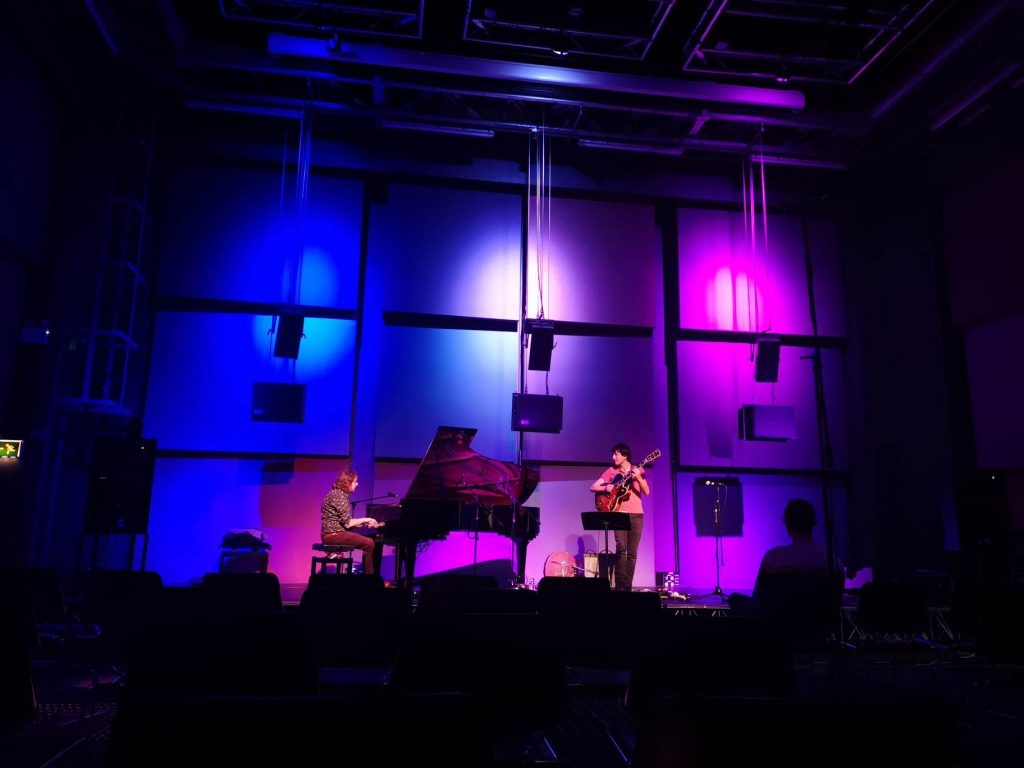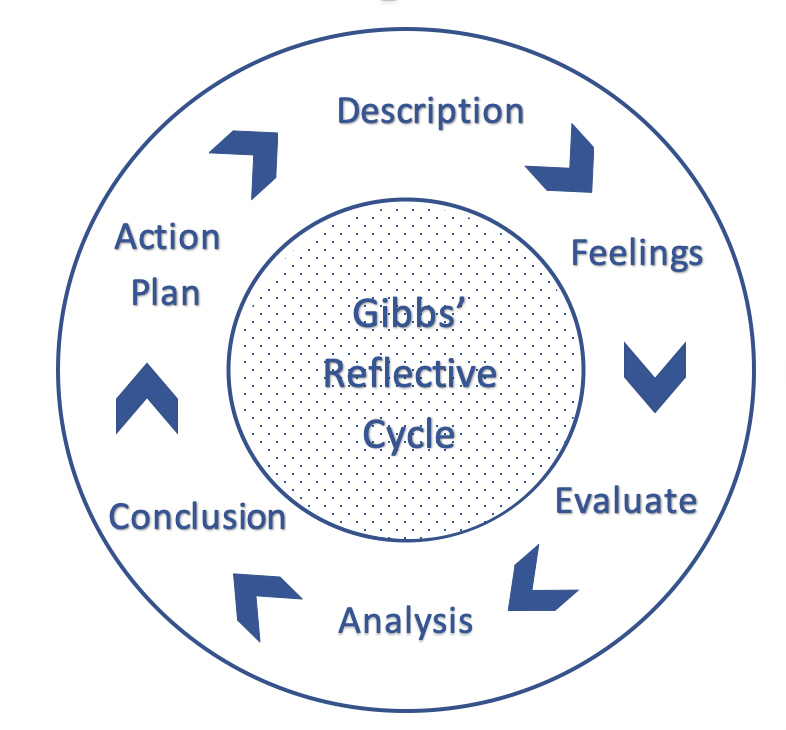It’s simple, but not that easy
Introduction:
In recent years, live streaming has become increasingly popular, particularly in industries such as music, gaming, and education. It allows content creators to broadcast their work in real-time and enables their audience to interact with them using chat rooms. With the COVID-19 pandemic causing many cancellations of offline activities, more people are turning to live streaming. [1] However, without good visual mixing, it can be challenging to capture and maintain the audience’s attention and provide high-quality live streams.

As a member of the SARC video team, I have been participating in live streaming for half a year. Through the various challenges I have encountered, I have come to understand why broadcast engineering work is not as easy as it may seem. This blog post will demonstrate how I dealt with those challenges and what I learned from them using Gibbs’ Reflective Cycle. This will enable me to learn from my experiences and perform better in related future work. [2]

Description:
Since the performances at SARC were mainly audio-based, and the lighting in the Sonic Lab for the performances was very dark, the video team manager decided to switch all the Sony cameras to PTZ cameras so that we could control them using the laptop. For these performances with barely any movement, we came up with an idea to focus mainly on some objects, such as speakers and lights, using focus and pan transitions to create more atmosphere for the video. Although we still made some mistakes with the white balance and the connection of the PTZ cameras, we were able to achieve success through solid team work.

Feelings:
I felt much more relaxed when I was told that I did not need to stand beside the camera for a whole hour. However, just before the performance, I noticed that this time would not be easy work for the visual mixing because we had nothing to mix. My brain was totally empty, and this was the first time I realised how a seemingly simple task could be challenging.
Nevertheless, I was proud that our plan worked well in the end. Looking back, I am glad that we had the opportunity to experience different types of music performances and explore different visual mixing styles for live streaming. I believe I can do even better next time.
Evaluation:
The visual mixing was of high quality thanks to tacit team cooperation. We also came up with some new ideas and designed the scenes based on our intuition for the composition, which greatly contributed to a good live streaming experience that the online audience appreciated in the chat room. However, there were some technical issues, such as the white balance setting of the cameras, which we solved immediately. Additionally, only two cameras could work since one of the cameras could never connect to the network for unknown reasons.
Analysis:
The reason we had tacit team cooperation was not only because we were more familiar with each other, but also because the camera controllers could sit beside the broadcasting engineer, which allowed for clearer and more direct communication. We also knew what was going to happen next since we have practiced live streaming many times, and we have developed our own composition aesthetics to try something new and different. We also made a plan before the performance so that we could reference it quickly and prepare for our next shot. [3]
The white balance problem was caused by our distraction from the disconnected camera. We previously set up the white balance on the cameras instead of on the laptop, which was the cause of carelessness on our part when setting the white balance.
Conclusion:
Broadcast engineering is not as easy as it may appear. It is crucial to double-check everything before beginning the live stream. Although it is simple to press the buttons when doing visual mixing, timing and shot design are crucial to making a successful live stream for the online audience.
Action Plan
For my next live streaming audio-based performance, I plan to incorporate visuals that are suitable for the content being presented. This will allow the online audience to feel more engaged and connected to the performance. Along with this, I will interact with the online audience in real-time, to receive feedback and ensure that they are enjoying the show. I am confident that this experience will lead to greater success for me and my team in the future.

Bibliography
- Kominers, Scott Duke. “Livestreaming Surged during the Pandemic.” Bloomberg.com. Bloomberg, April 17, 2021. https://www.bloomberg.com/opinion/articles/2021-04-17/livestreaming-surged-during-the-pandemic?leadSource=uverify+wall.
- Gibbs, Graham, and Claire Andrew. Learning by Doing: A Guide to Teaching and Learning Methods. Geography Discipline Network, 2001.
- Johnson, James, Mike Keenan, Victor Bous, and Molli McGee. “Multi-Camera Live Streaming: A How-to Guide for Content Creators.” Uscreen, August 4, 2022. https://www.uscreen.tv/blog/multi-camera-live-streaming/.
You May Also Like

The Best Laid Plans of Mice and Men…
14 April 2023
I Was Just… A Voice.
7 April 2023



One Comment
Ziheng Huang
https://blogs.qub.ac.uk/ael3001-2022/2023/04/14/11073/